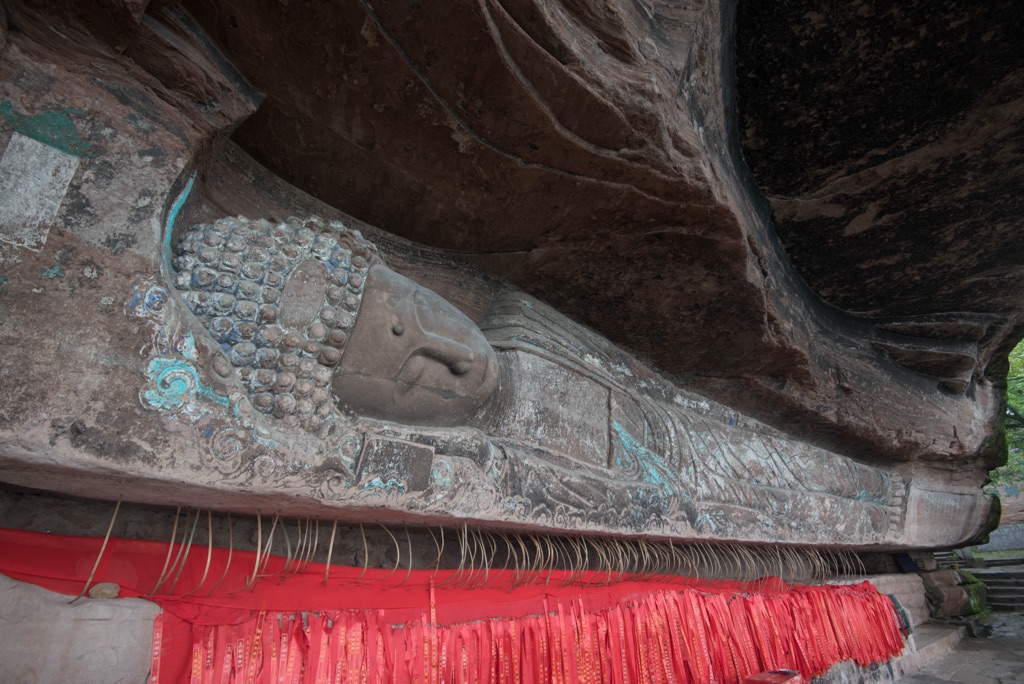Diaoyu Fortress, also known as Diaoyucheng, is a historical site of great significance located in Chongqing, China. It stands as a testament to ancient military architecture and has a rich history that dates back to the time of the Southern Song Dynasty. The fortress is renowned for its strategic location and formidable defenses, which played a crucial role during the Mongol invasions of China. Over the centuries, Diaoyu Fortress has been a silent witness to numerous battles and has become a symbol of resilience and Chinese military ingenuity.
Get your dose of History via Email
Historical Background of Diaoyu Fortress
The Diaoyu Fortress dates back to the early 12th century, during the Southern Song Dynasty. It was built by the local ruler, Yu Jian, to serve as a military stronghold against potential invasions. The fortress gained prominence in the 13th century when it became the site of a famous resistance against the Mongol army led by Mongke Khan, the grandson of Genghis Khan. The defense was orchestrated by the Chinese military strategist and hero, Yu Fei, who later inhabited the fortress.
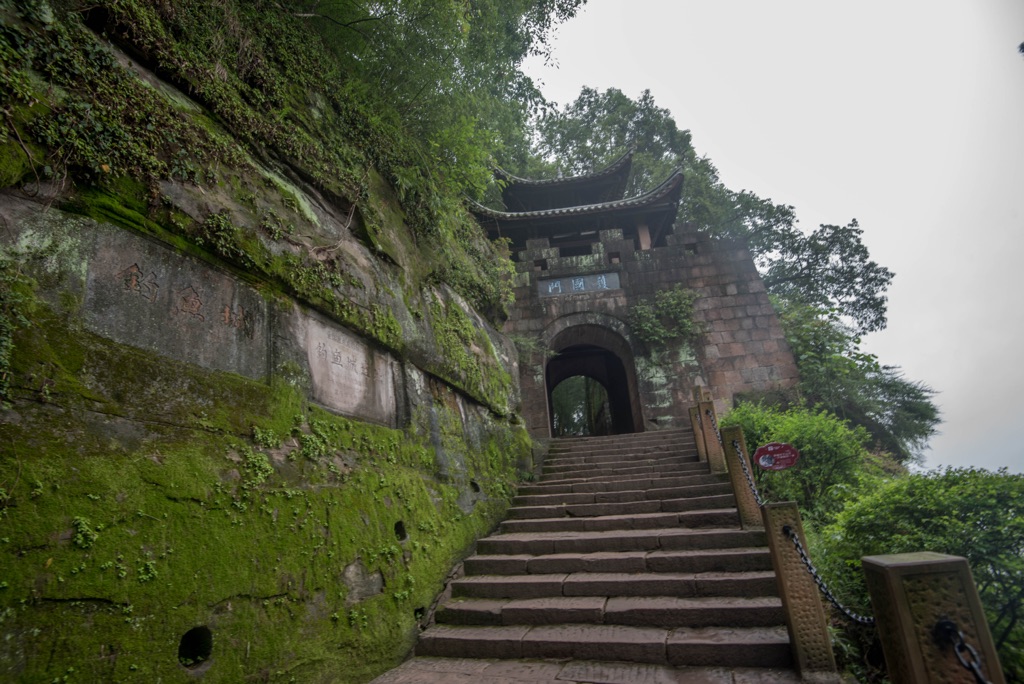
Yu Fei’s leadership and the fortress’s strategic design were instrumental in withstanding the Mongol siege for over 36 years. This made Diaoyu Fortress a symbol of national pride and military excellence. After the fall of the Song Dynasty, the fortress saw various inhabitants and underwent several reconstructions. It remained a military site for centuries, reflecting the changing dynamics of China’s political landscape.
Throughout its history, Diaoyu Fortress has been the scene of many historically important events, particularly during the Mongol invasions. Its resistance against the Mongols is one of the most celebrated episodes in Chinese military history. The fortress’s ability to repel one of the most formidable armies of the time is a testament to its design and the strategic acumen of its defenders.
In modern times, the fortress was rediscovered and has since become an important cultural and historical site. It attracts numerous visitors and researchers interested in its past and architectural significance. The Chinese government has taken steps to preserve and restore Diaoyu Fortress, recognizing its value as a cultural heritage site.
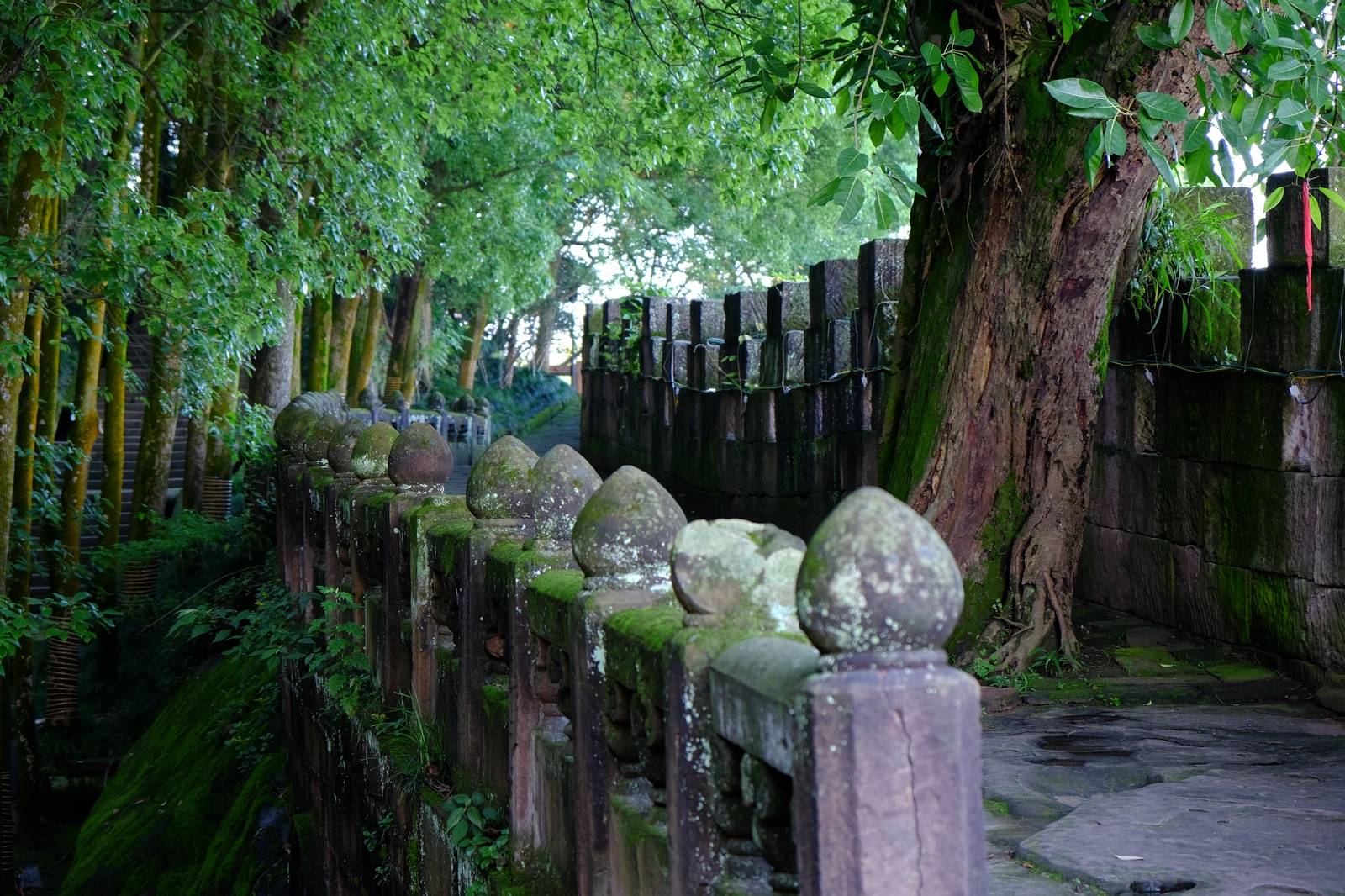
The fortress’s enduring legacy is evident in its inclusion in various literary and historical works. It continues to inspire stories of valor and resistance, serving as a reminder of China’s rich military history and cultural resilience.
About Diaoyu Fortress
Diaoyu Fortress is renowned for its strategic location atop a steep hill, surrounded by the Wu River. This positioning gave it a natural advantage, making it difficult for enemies to launch a successful assault. The fortress covers an area of approximately 2.5 square kilometers and features a complex network of gates, walls, and watchtowers, all designed to maximize defense capabilities.
The construction of Diaoyu Fortress utilized local materials, including stones and wood, which were readily available in the surrounding area. The walls were built using a combination of rammed earth and stone, creating a sturdy barrier against invaders. The fortress’s design reflects the military architectural principles of the time, with attention to detail that allowed for effective defense and troop deployment.
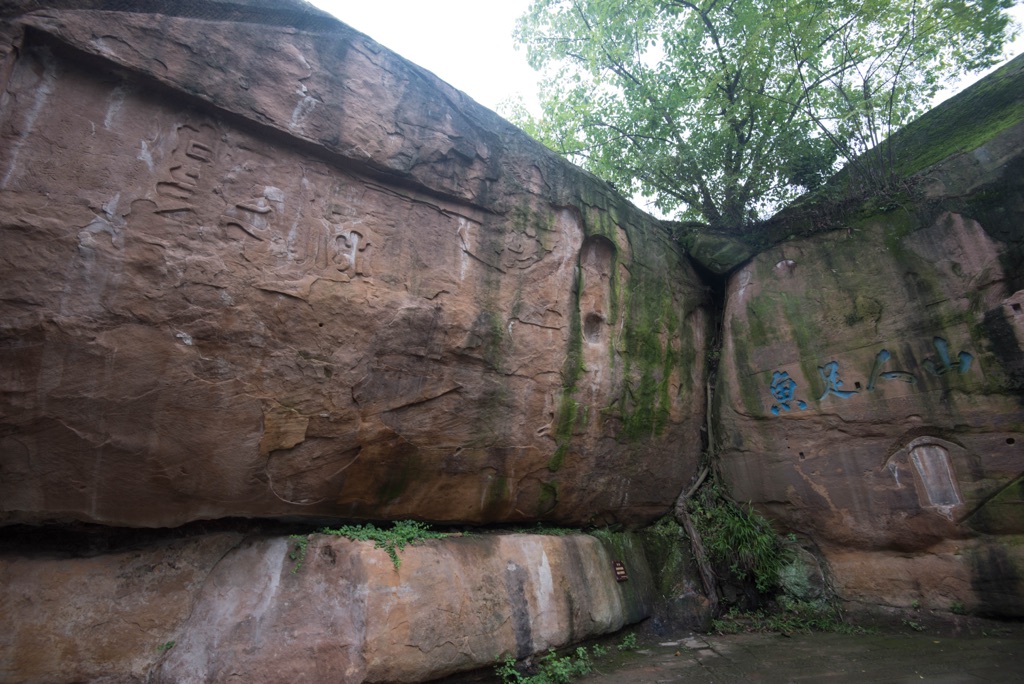
One of the architectural highlights of Diaoyu Fortress is its intricate gate system, which includes multiple barriers and traps to thwart enemy advances. The fortress also features a sophisticated water system, ensuring a steady supply during sieges. The layout of the fortress was strategic, with living quarters, storage areas, and command centers all positioned to support prolonged resistance.
Over the years, the fortress underwent several renovations and expansions, adapting to the needs of its inhabitants and the evolving military technology. Despite these changes, the core design principles of Diaoyu Fortress remained focused on defense, making it one of the most formidable fortresses of its time.
Today, Diaoyu Fortress stands as a monument to ancient Chinese military architecture. Its preservation allows visitors to explore the remnants of its walls, gates, and towers, offering a glimpse into the past and the ingenuity of its builders.
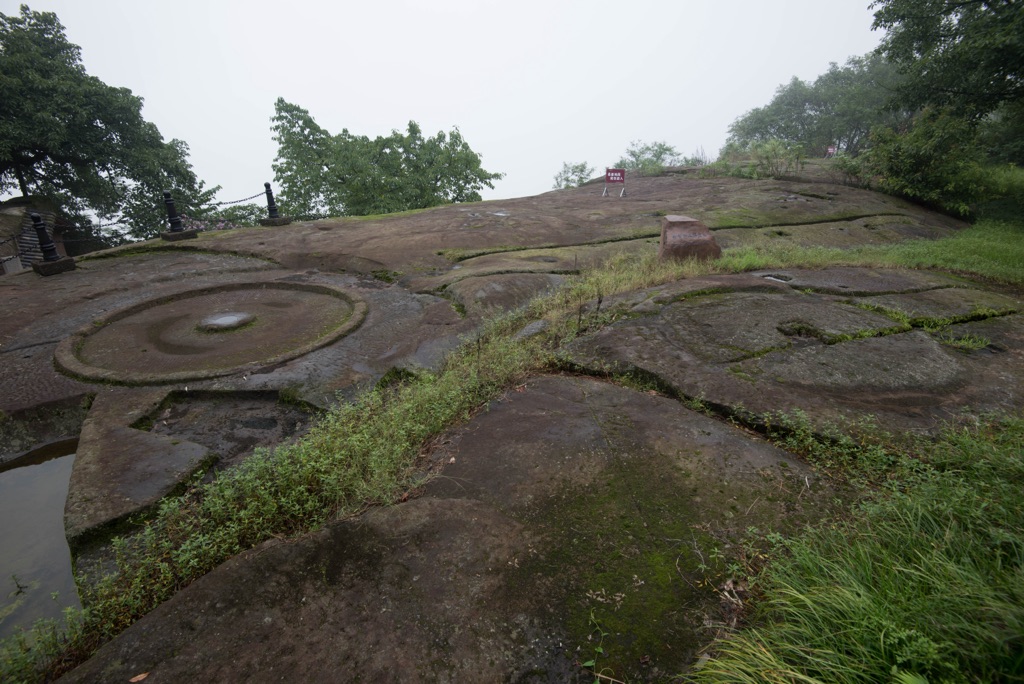
Theories and Interpretations
The fortress’s construction techniques have been a subject of study, with experts examining how ancient builders achieved such durability and strength. The use of local materials and the incorporation of natural defenses are seen as key factors in the fortress’s resilience.
There are mysteries associated with Diaoyu Fortress, including the exact methods used to sustain the population during long sieges. Theories suggest that the fortress had an advanced agricultural system and stockpiles of supplies, but the specifics remain a topic of research.
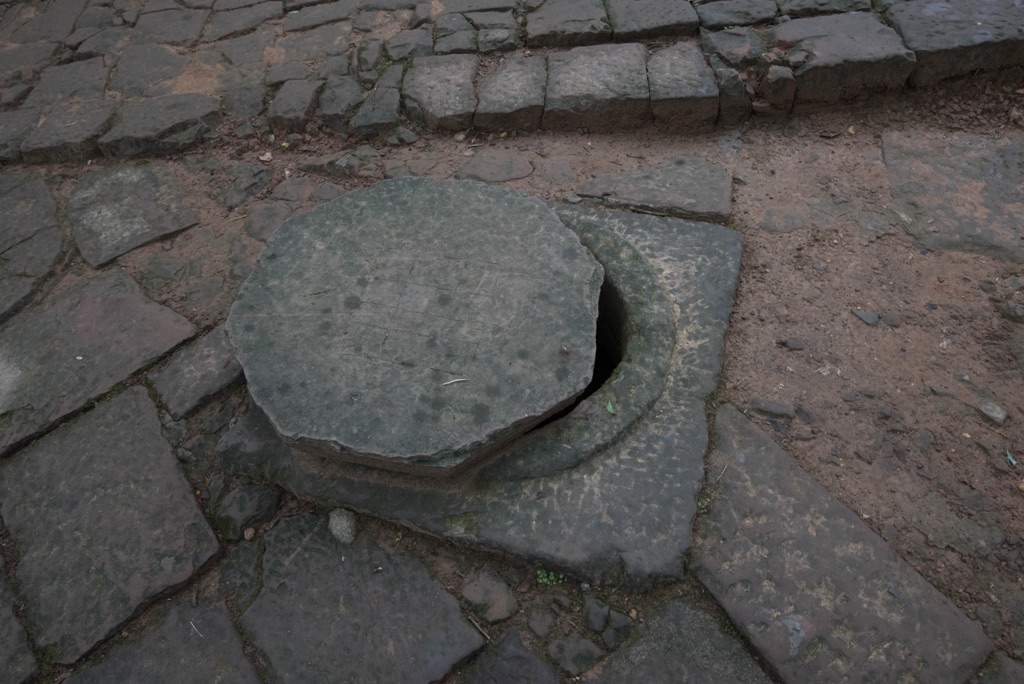
Historical records have been matched to the physical evidence found at the site to piece together the fortress’s past. This includes the dating of various structures within the fortress, which has been carried out using methods such as stratigraphy and radiocarbon dating.
The interpretations of Diaoyu Fortress’s role in Chinese history vary, but there is a consensus on its significance as a symbol of resistance and military strategy. Its story continues to be analyzed and understood through the lens of both historical records and archaeological findings.
At a glance
Country: China
Civilization: Southern Song Dynasty
Age: 12th Century AD
Conclusion and Sources
Reputable sources used in creating this article:

